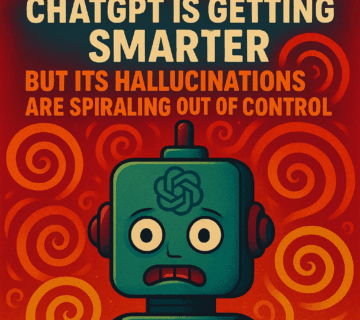Hallucination in AI: Understanding False Outputs in Intelligent Systems
Hallucination in AI refers to instances where models like chatbots or language generators produce information that is factually incorrect, fabricated, or contextually misleading. Despite sounding coherent, these outputs are not grounded in real data, often stemming from limitations in training datasets or model overconfidence. In critical sectors such as healthcare, law, or finance, AI hallucinations can lead to serious consequences. Addressing this issue involves refining training data, incorporating human-in-the-loop validation, and improving transparency in AI decision-making. As AI adoption grows, minimizing hallucination is essential to build trust, enhance reliability, and ensure ethical deployment across real-world applications.
